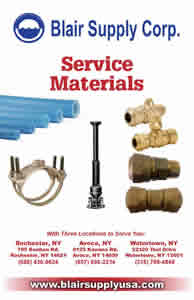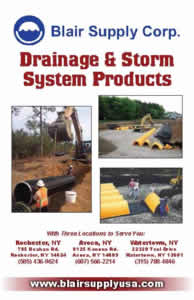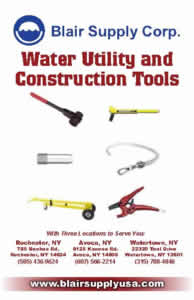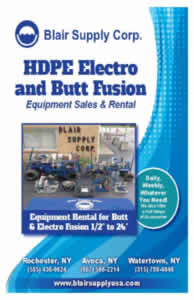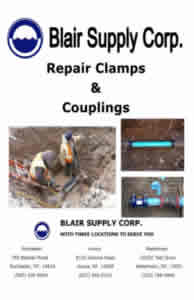Blog
The Impact of Culverts Explained

Culverts are an important part of our sewer and drainage systems. They prevent floods, direct the water flow, allow safe crossings, and more. So, are there any downsides to culverts? Can they have an effect on the environment if improperly implemented and how? Keep reading to find the answers to these questions, as we’ll break down the impact of culverts and help you find durable and efficient culvert pipes for sale in Rochester.
How do poorly installed culverts affect the environment?
As they are man-made and can change the direction of the water flow, culverts have a certain impact on the surroundings. Also, too small, narrow, or just poor-quality or improperly installed culvert pipes can have dire consequences.
Here are a few examples of inadequate culverts affecting the environment negatively:
Floods
Although culverts direct the water and with it prevent floods, things can go wrong. If a flood cannot be prevented, culverts may become blocked or washed out. It’s a vicious cycle from then on. If there are many culverts upstream of a pour point culvert (the final culvert), a flood can cause culvert failures since the water builds behind small or blocked culverts until the road washes out, which brings a stream of floodwater to the next culvert and so on, making the flood even worse.
Landscape changes
After widespread deforestation and soil erosion, water can go through the culvert faster. With improper culvert installation and geological factors, we’re dealing with many landscape changes and issues. Especially if culverts are too small or narrow, they may not be able to handle the rapid water flow. These flow surges scrape the stream bottom and create huge amounts of sediment. Also, if the stream banks are mostly made of sand, even more sediment will be added.
High flows going through narrow culverts also bring about the erosion of roadbed material. So, we get fallen trees, collapsing river banks, dark waters with sediment, etc.
Fish & other aquatic life
Smaller-than-required and improperly placed culverts can cause even more damage. As water is going through faster, this sets off strong hydraulic forces which dig into the channel under the culvert, which in turn create a plunge pool. Then, the stream surface below the culvert is lowered making a gap between the water’s surface and the end of the culvert.
If this gap is too large, typically more than 6 inches, many fish cannot enter the culvert to swim upstream. Even if the gap is not that big, the water may be passing too rapidly. All this creates difficulties for fish migration and spawning.
What can we do?
To avoid the negative impacts on the surroundings, the people in charge need to understand all the details about culverts. With better design, proper material, and placement, as well as frequent and expert culvert inspection (not to be confused with bridge inspection), culverts should create solutions and not cause problems.
 Where can you find high-quality culvert pipes for sale in Rochester?
Where can you find high-quality culvert pipes for sale in Rochester?
As it’s of the utmost importance to build and install safe and durable culverts, you want to hire a reputable company like Blair Supply. We’ve been in business since 1958, and we’re considered a leading distributor of water and wastewater equipment.
Our company is a proud member of the American Water Works Association, WASDA, and we only work with dependable manufacturers to ensure safety, efficiency, and satisfaction. Our team consists of knowledgeable and qualified experts following the highest industry standards creating and installing a wide array of sewer and drainage materials and products.
Whether you need our services near Highland Park or elsewhere in Rochester or Watertown, we are at your disposal!

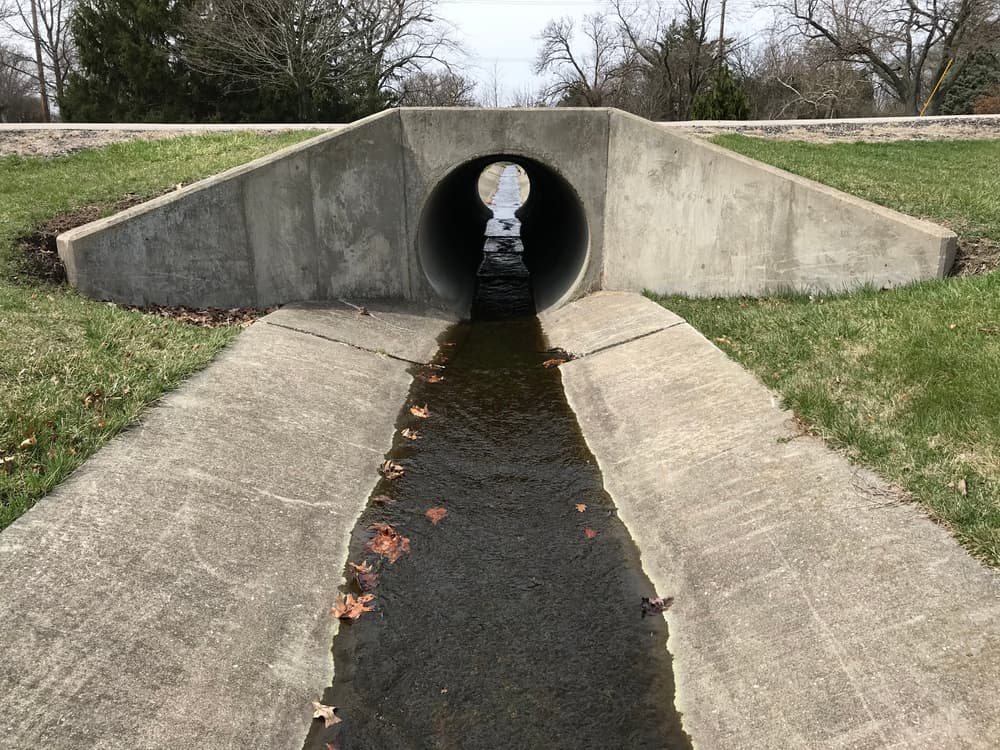 Where can you find high-quality culvert pipes for sale in Rochester?
Where can you find high-quality culvert pipes for sale in Rochester?